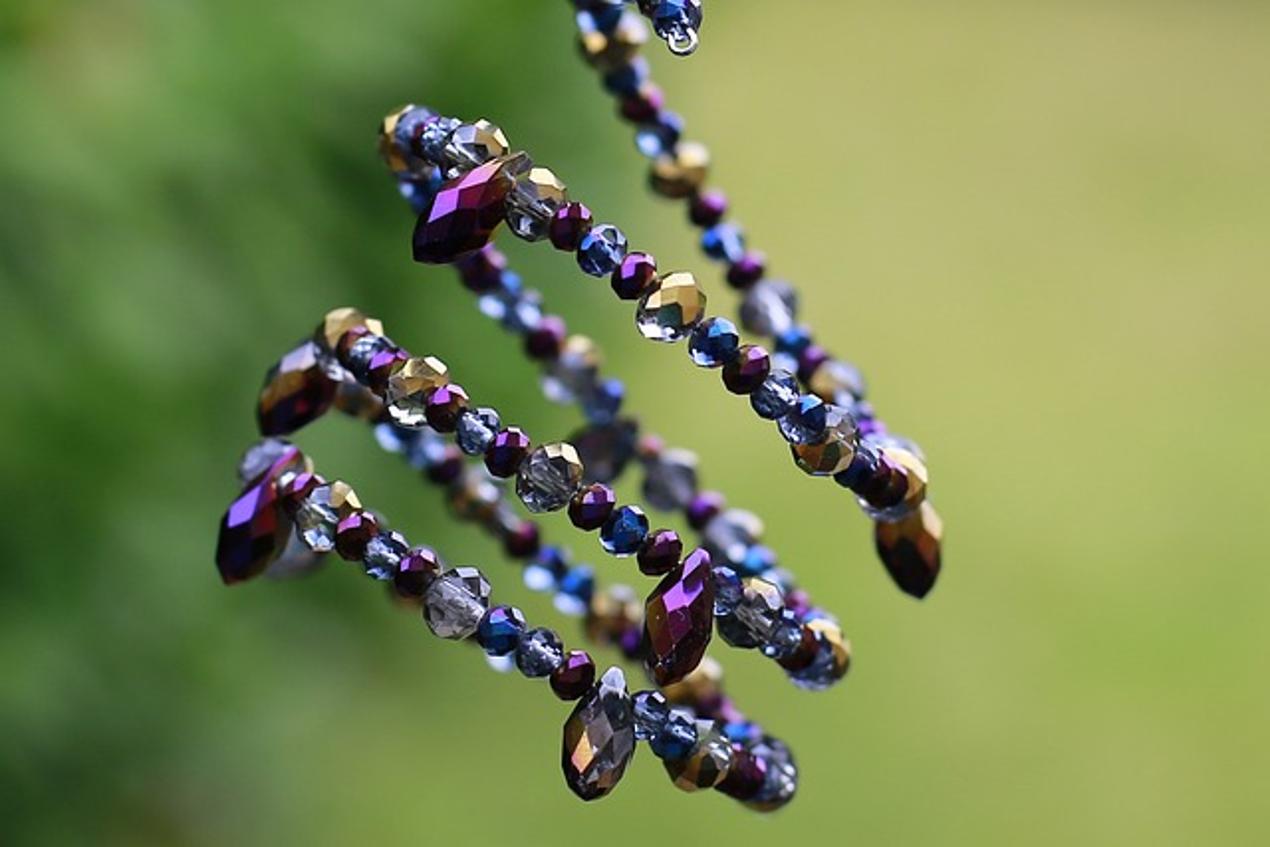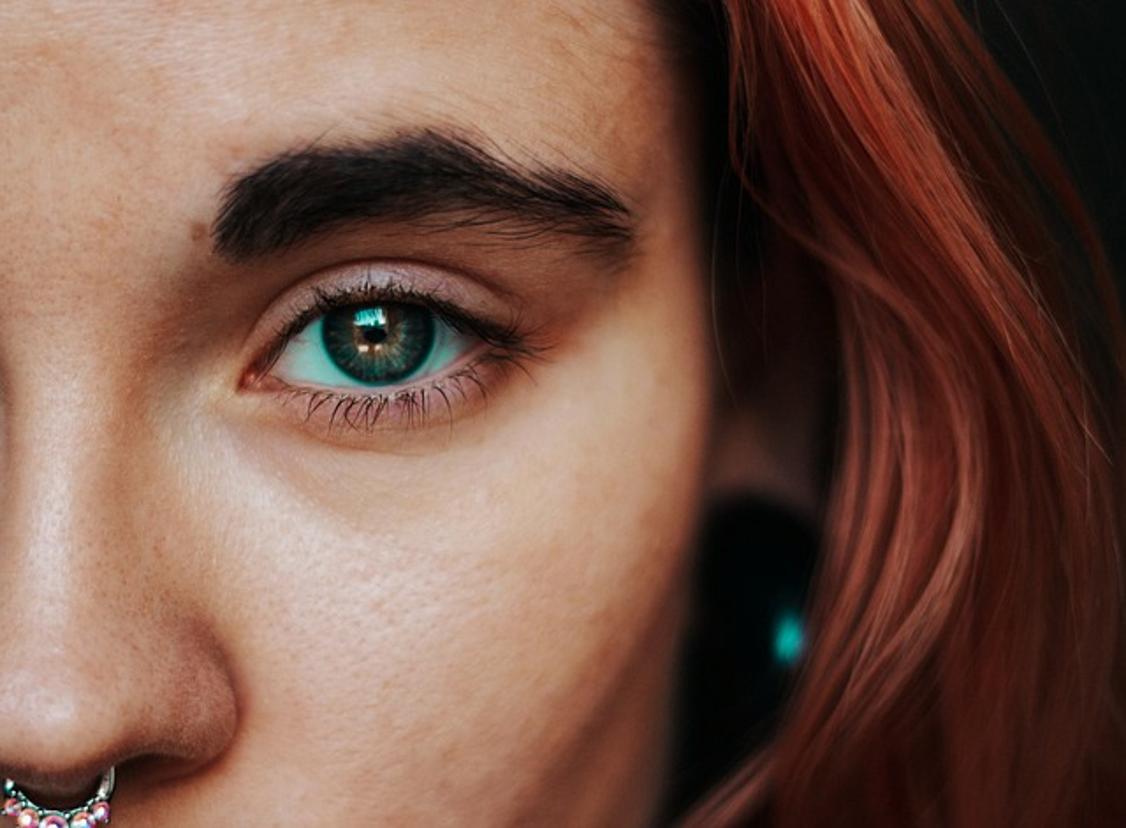Introduction
Halo piercings have become a standout trend in body art. They offer a unique blend of style and sophistication, appealing to individuals who seek something beyond traditional piercings. This guide delves into everything you need to know about halo piercing and jewelry in 2024.

What is a Halo Piercing?
A halo piercing, also known as an orbital piercing, involves two piercings connected by a single piece of jewelry. It gets its name from the circular, halo-like appearance created by the connecting jewelry. Unlike conventional piercings that feature a single entry and exit point, halo piercings involve a loop, resulting in a distinctive and eye-catching look.
The placement of halo piercings can vary. They are often found on the earlobe, the cartilage of the ear, or even the nostril. This versatility makes them highly customizable to fit individual preferences and anatomical variations. Piercing artists often recommend halo piercings to those who want to showcase multiple styles and jewelry pieces in one combined look.
Increasingly popular among piercing enthusiasts and fashion-forward individuals, halo piercings are celebrated for their aesthetic appeal and the visual intrigue they add to any look. They offer a perfect way to exhibit creativity and personal style through body art.
Why Choose a Halo Piercing?
Many opt for a halo piercing for its unique appearance. It stands out among other piercings due to its circular design that can be customized with a variety of jewelry options. If you love experimenting with your look, a halo piercing can offer versatility and individuality.
Additionally, halo piercings provide the opportunity to wear multiple jewelry pieces simultaneously. This adds layers and depth to your overall style, allowing you to mix and match different types of jewelry, from elegant studs to vibrant rings.
Another reason to choose a halo piercing is its potential to highlight particular features. For instance, a halo piercing on the earlobe or cartilage can draw attention to your facial features, while one on the nostril can emphasize your cheekbones and smile. This strategic placement makes it a compelling option for anyone looking to make a statement.
Types of Halo Piercings
Halo piercings offer various styles and placements, making them a versatile option for many. Let’s dive into the most common types:
Classic Halo Piercing
The classic halo piercing typically involves the earlobe or cartilage. This traditional style features two piercings closely set and connected by a single piece of jewelry. It’s a clean, elegant look that showcases a continuous piece, forming a complete circle or ‘halo’ around the pierced area. This type is perfect for those who appreciate simplicity and sophistication.
Unique Variations
Halo piercings are not limited to the traditional style. Many people are opting for unique variations to suit their personal tastes. These can include multiple connections on the ear, such as combining a helix and a conch piercing, or more adventurous placements like on the nostril or even the eyebrow. Unconventional placements and combinations allow for more creative freedom and make your halo piercing genuinely one-of-a-kind.
Some variations also incorporate different jewelry shapes and designs, such as twisted loops or geometric patterns, enhancing the overall aesthetic. These creative elements make halo piercings not just a form of body modification but also a fashion statement.

Choosing the Right Jewelry for Halo Piercings
Selecting the right jewelry for your halo piercing is crucial for both style and comfort. Here are some key considerations:
Material Options (Gold, Silver, Titanium)
- Gold: Offers a classic, timeless look and is hypoallergenic. However, it can be more expensive.
- Silver: A versatile option that complements various looks. Ensure it’s high-quality to avoid irritation.
- Titanium: Highly recommended for new piercings due to its hypoallergenic properties and lightweight nature. It’s also resistant to corrosion and highly durable.
Styles and Designs (Studs, Rings, Hoops)
- Studs: Provide a minimalist look and are ideal for a chic, subtle appearance.
- Rings: Complete the ‘halo’ look and are perfect for a classic take on the piercing.
- Hoops: Offer a more pronounced circular shape, accentuating the piercing and adding a touch of sophistication.
Custom Jewelry Choices
Custom jewelry options offer the ultimate personalization for your halo piercing. You can opt for custom designs that incorporate gemstones, unique patterns, or even personalized engravings. This level of customization ensures your piercing truly reflects your personal style and adds a unique flair to your overall look.

How to Care for Your Halo Piercing
Proper aftercare is essential for a healthy halo piercing and to avoid complications. Taking good care of your piercing ensures it heals well and looks great for years to come.
Cleaning and Maintenance
- Clean your piercing twice a day with saline solution or a piercing aftercare spray.
- Avoid touching the piercing with dirty hands.
- Use a clean cotton swab to apply the cleaning solution around the piercing.
Healing Process and Timeline
- Initial healing typically takes around 6-8 weeks, but full healing can take up to 6 months.
- During the healing period, avoid changing the jewelry prematurely.
- Be cautious with hair products and perfumes, ensuring they don’t come into contact with the piercing.
Common Issues and How to Avoid Them
- Infection: Follow proper cleaning routines and avoid touching the piercing unnecessarily.
- Rejection: Choose high-quality, hypoallergenic jewelry.
- Irritation: Avoid tight clothing or accessories that can snag on the piercing.
Conclusion
Halo piercings offer a unique and stylish way to express yourself. Whether you prefer the classic simplicity or a more creative variation, there’s a halo piercing to suit everyone’s taste. Remember, choosing the right jewelry and maintaining proper aftercare are crucial for a beautiful, healthy piercing.
Frequently Asked Questions
Does a halo piercing hurt?
Pain levels vary among individuals, but most experience a sharp sting during the piercing process. Pain subsides quickly afterward.
How long does it take for a halo piercing to heal?
Initial healing usually takes 6-8 weeks, but full healing can take up to 6 months.
Can I change my halo piercing jewelry myself?
It’s best to wait until the piercing is fully healed before changing the jewelry. If unsure, consult your piercer for assistance.
